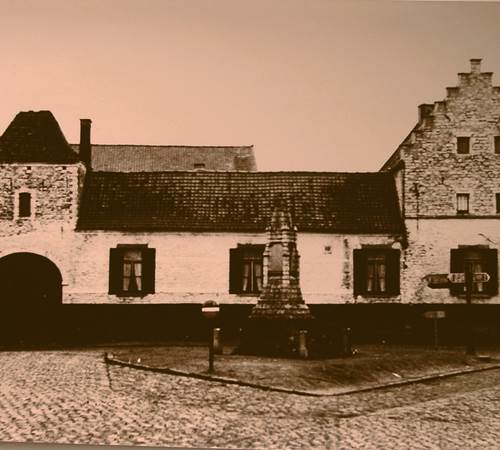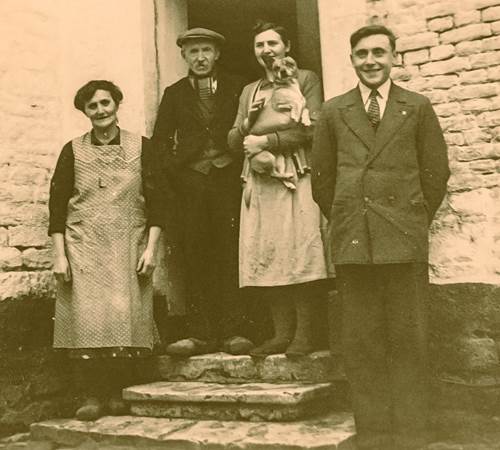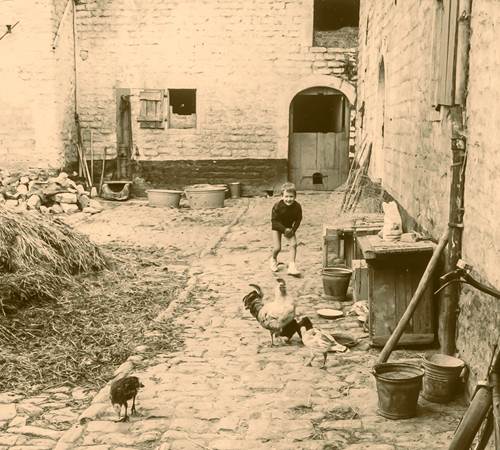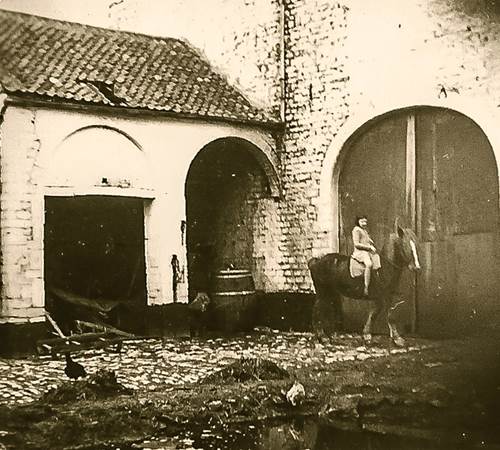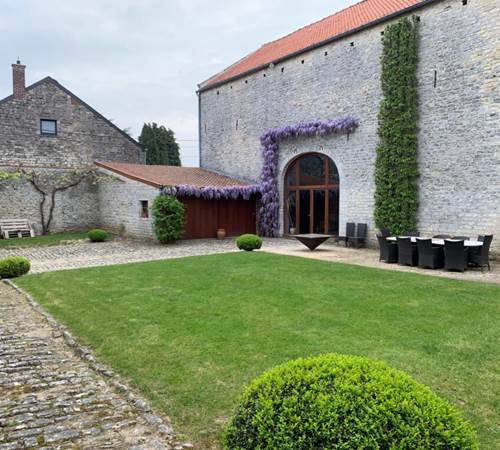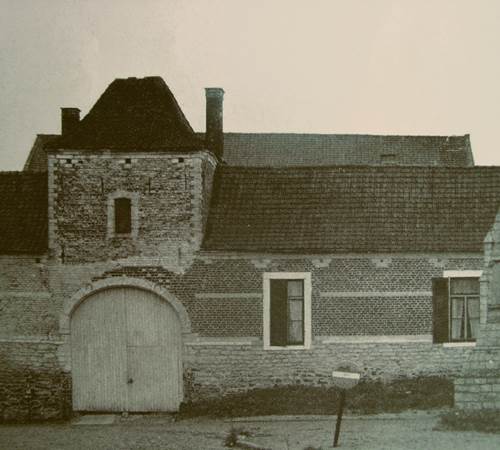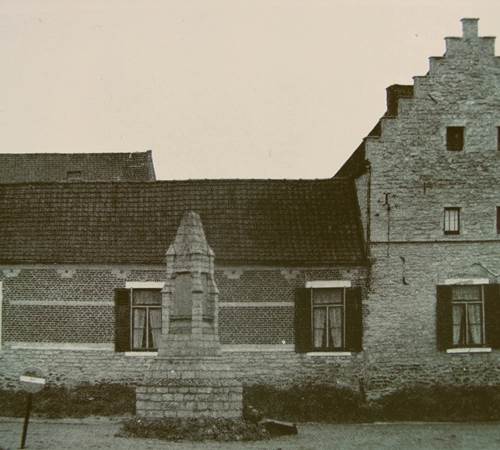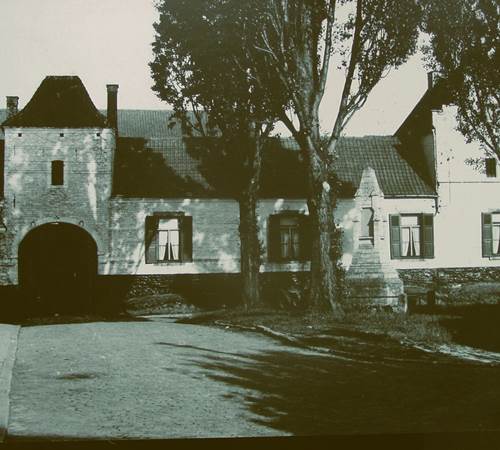A little bit of history...


In this section, you'll find information about the farm, the village, and the Gobertange stone. Documentation and additional information are available on site.
The farm
Also called the Ferme Fortemps (20th century) or Ferme Quinot (19th century) after the families who farmed there, La Cense is a quadrangle farm, located on Place de Mélin and mainly built from ""Gobertange"" stone and red brick.
The buildings date mainly from the 17th to the 19th century. They feature the various functions of farms of yesteryear: entrance through a porch with a dovecote, paved courtyard with a central part formerly reserved for manure, the main building, the stables, the well, the barn, the bread oven as well as what remains of the stables and pigsties. As the buildings no longer meet the expectations of current farms, the farm is no longer in operation.
Florence and Serge acquired the farm in 1987, which was in a dilapidated state. After two years of hard work, they and their children moved into the first part of the property in 1989. Over the years, with perseverance, different parts were successively restored while respecting the original structure.
A lover of white stone and combinations with red brick, Serge was among the founders of Qualité Village Mélin, an association whose objective is the protection of architectural and landscape heritage as well as the promotion of community life in the village.
Mélin & the Gobertange stone
Gobertange stone is a white sandstone limestone found between Jodoigne and Hoegaarden and corresponds to a deposit during the Middle Lutetian period, around 48 million years ago, at a time when the area was a shallow, rather tropical marine bay. The stones are found in a bed of sand at an average depth of 9 to 25 meters.
For a long time, it was extracted by hand using pits, donkeys, and galleries. Today, only an open-cast mining area remains in the hamlet of Hussompont. Extraction work is carried out occasionally using cranes and trucks.
The stone was used for the construction of a large number of buildings in Lathuy, Mélin, Gobertange, St Remy-Geest, and important buildings in the region: Château Pastur, Hotel des Libertés, la Vicomté, Eglise St Médard in Jodoigne, etc. Collegiate Church of Tirlemont, etc.
It was also used for many buildings across the country: Brussels Town Hall, St Michael & Gudula in Brussels, St Peter's Cathedral in Leuven, etc.
THE WHITE VALLEY
The Vallée Blanche is the name often given to all the surrounding villages whose houses were built with the local white stone.
These include the villages/hamlets of: Lathuy, Mélin, Gobertange, St Remy-Geest where the extraction mainly took place, without forgetting Jodoigne, Ste Marie Geest, St Jean-Geest, Mont-à-Lumay, Zetrud-Lumay whose old buildings are also made entirely or partly of white stone.
THE MOST BEAUTIFUL VILLAGES OF WALLONIA
The association "Les Plus Beaux Villages de Wallonie" was created in 1994 by Mr. Alain COLLIN (living at the time in the village of Chardeneux) to promote the identity of Wallonia's rural regions. The diversity of its landscapes and traditional buildings constitutes an exceptional and privileged natural and architectural heritage, which the association wants to preserve and invite you to discover. It has a network of 33 villages labeled among the 8 landscape regions of Wallonia. To find out more: https://beauxvillages.be
ASBL Quality Village Mélin
To find out much more about Mélin and its news, visit the website and the Qualité Village Mélin Facebook page .
